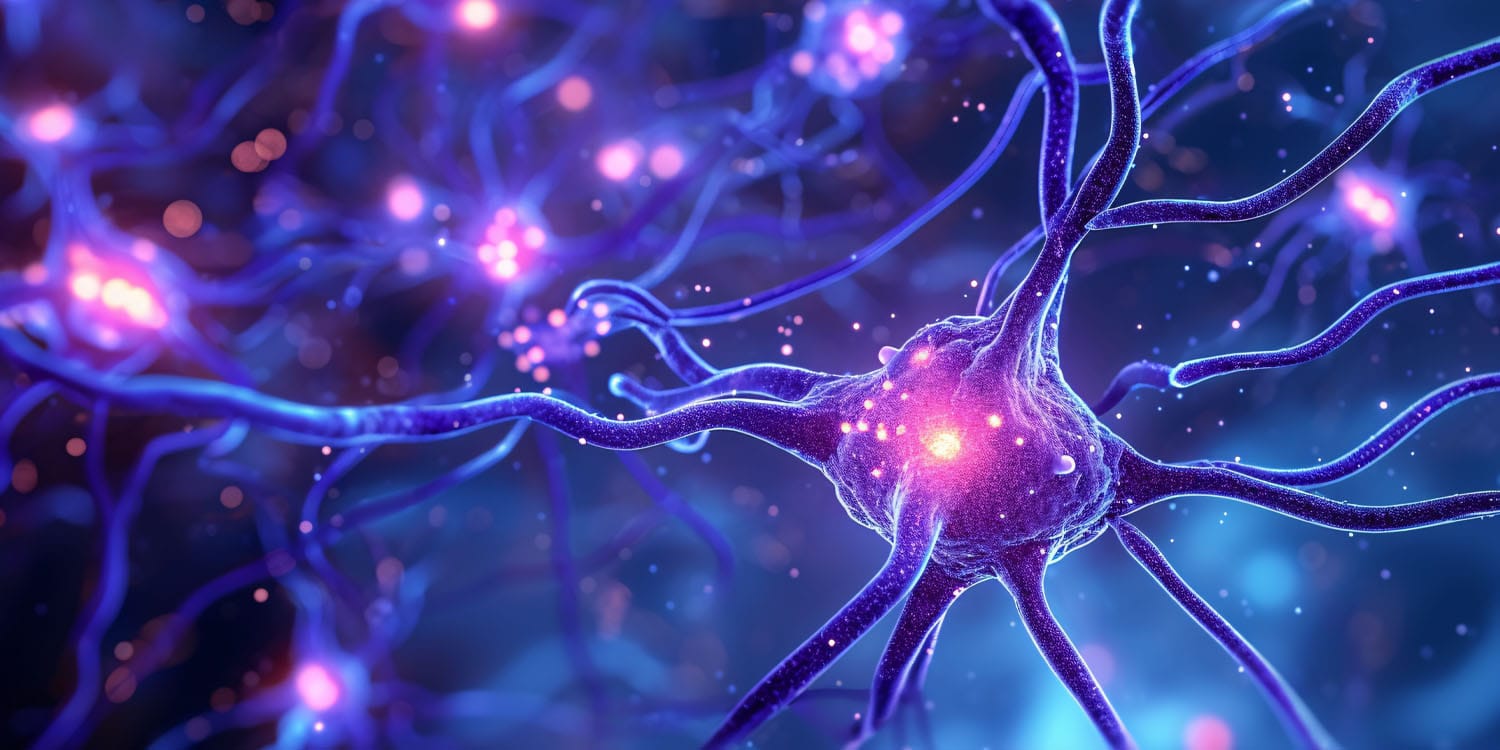A potential game-changer in Alzheimer’s treatment has emerged from UCLA Health, where scientists have identified a compound that can restore memory function in mice with symptoms of the disease. This groundbreaking discovery, centered around a molecule called DDL-920, could pave the way for a novel approach to treating Alzheimer’s that goes beyond merely slowing the disease’s progression. The study, published in The Proceedings of the National Academy of Sciences, demonstrated that DDL-920 effectively “jumpstarted” the brain’s memory circuitry.
Alzheimer’s disease is a progressive neurological disorder that primarily affects older adults, leading to the deterioration of memory, cognitive abilities, and, eventually, the ability to carry out simple daily tasks. The disease is characterized by the accumulation of amyloid plaques and tau tangles in the brain, which disrupt the communication between neurons and ultimately lead to cell death.
Over time, this neuronal loss results in significant shrinkage of the brain and a decline in cognitive functions, including memory, reasoning, and the ability to perform familiar tasks. Alzheimer’s disease is the most common cause of dementia and has no cure, making it one of the most pressing public health challenges as the global population ages.
Existing therapies, including some recently approved drugs, focus on reducing the amyloid plaques in the brain, which are a hallmark of the disease. While these treatments can slow the progression of cognitive decline, they do not reverse the damage that has already occurred in the brain, particularly the loss of memory and cognitive functions.
The UCLA team recognized the limitations of existing treatments and set out to explore a new strategy. Instead of focusing on removing amyloid plaques, they aimed to find a way to restore the brain’s memory circuits.
The researchers focused on a specific type of brain cell called parvalbumin interneurons. These cells are known to generate gamma oscillations, which are high-frequency brain rhythms essential for memory and cognition. In individuals with Alzheimer’s disease, these oscillations are significantly reduced, leading to impaired cognitive function.
The research team identified a molecule, DDL-920, that could potentially target and enhance the activity of these parvalbumin interneurons. DDL-920 was designed to block certain receptors in these neurons that typically act as brakes, slowing down the gamma oscillations. By inhibiting these receptors, the researchers hoped to boost the neurons’ activity and restore normal oscillation patterns, thereby revitalizing memory circuits.
To test the effectiveness of DDL-920, the researchers conducted experiments on mice genetically modified to display symptoms of Alzheimer’s disease. Both these mice and healthy mice were subjected to a cognitive task known as the Barnes maze. This task involves a circular platform with one escape hole, and it is used to measure spatial learning and memory in rodents.
After assessing the baseline cognitive abilities of the mice, the researchers administered DDL-920 to the Alzheimer’s model mice twice daily for two weeks. They then retested the mice to see if their ability to remember and locate the escape hole had improved.
After the two-week treatment period, the Alzheimer’s model mice that received DDL-920 performed almost as well as the healthy mice in the Barnes maze, indicating a significant improvement in memory. These treated mice were able to recall the location of the escape hole nearly as effectively as their healthy counterparts, a promising sign that the compound had successfully restored some level of cognitive function.
The researchers observed no abnormal behavior or side effects in the treated mice, such as hyperactivity or other motor dysfunctions, which often complicate the development of new neurological drugs. This lack of visible side effects was particularly encouraging, suggesting that DDL-920 could be a safe candidate for further testing in humans.
While these findings are promising, the researchers caution that much more work is needed before DDL-920 can be considered a viable treatment for humans. The next steps involve rigorous testing to ensure that the compound is safe and effective in humans. This will include exploring the appropriate dosage, understanding how the compound is metabolized in the human body, and determining any potential long-term side effects.
The study opens up new avenues for treating other neurological conditions characterized by reduced gamma oscillations, such as depression, schizophrenia, and autism spectrum disorder. The ability of DDL-920 to enhance these oscillations suggests it could have broader applications beyond Alzheimer’s disease, potentially benefiting individuals with a range of cognitive impairments.
The study, “A therapeutic small molecule enhances γ-oscillations and improves cognition/memory in Alzheimer’s disease model mice,” was authored by Xiaofei Wei, Jesus J. Campagna, Barbara Jagodzinska, Dongwook Wi, Whitaker Cohn, Jessica T. Lee, Chunni Zhu, Christine S. Huang, László Molnár, Carolyn R. Houser, Varghese John, and Istvan Mody.




